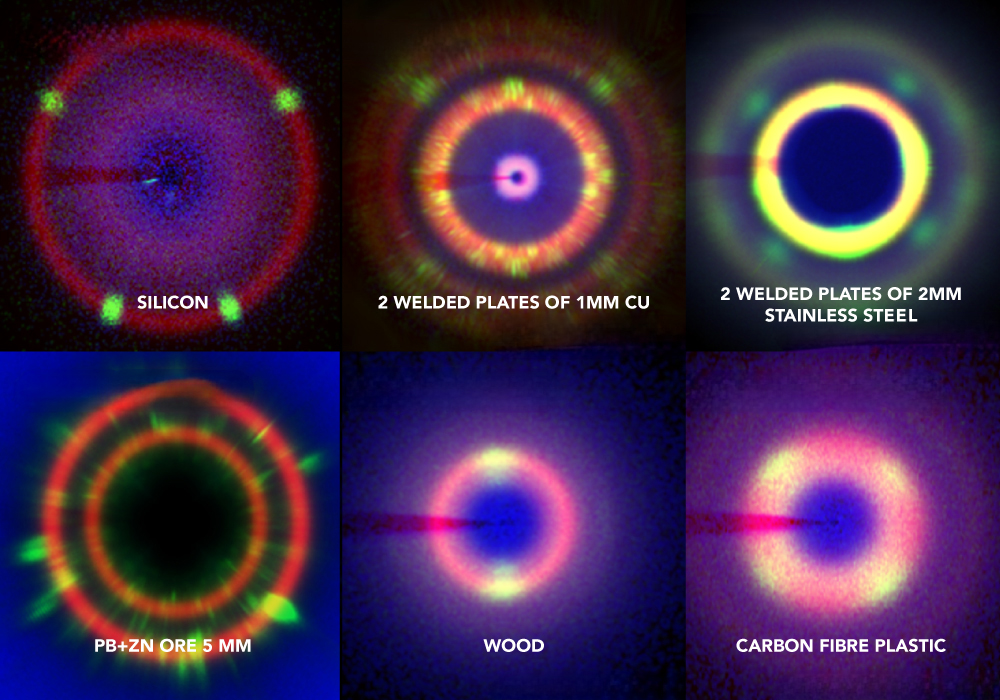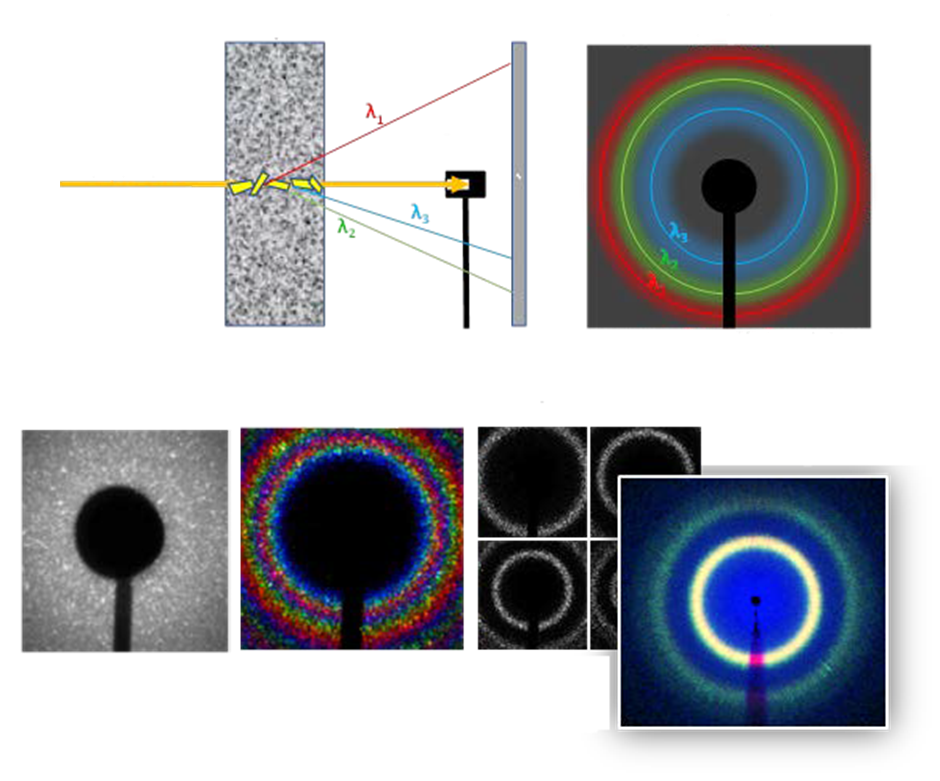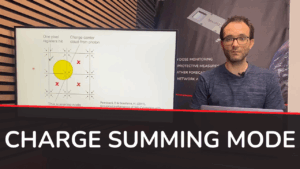Applications: Material Analysis
X-ray diffraction is an analytical method based on the inspection of the crystalline structure of samples. Applications can be found in metallurgy, mineralogy powders, pigments, polymers surface layers, or strain mapping. Our spectral imaging detector is the key to the next level of material analysis.
The traditional XRD uses monochromatic X-rays, which make the apparatus large and slow. ADVACAM’s spectral camera, based on a Timepix3 chip with high resolution, makes it fast and compact. Instead of taking a single diffraction image accumulating all X-ray energies (wavelengths) as performed in the traditional XRD apparatus, we record about 150 images at once. One picture for each energy channel. Due to this enhancement, the system operates at a speed two orders of magnitude faster than conventional XRD systems.
The high-resolution detector can be placed close to the sample covering a large solid angle, leading to fast data accumulation. Moreover, our cameras can handle a broad energy range (3 – 150 keV). Therefore, even heavy samples such as stainless steel, heavy metals, and minerals, can be transmitted.




